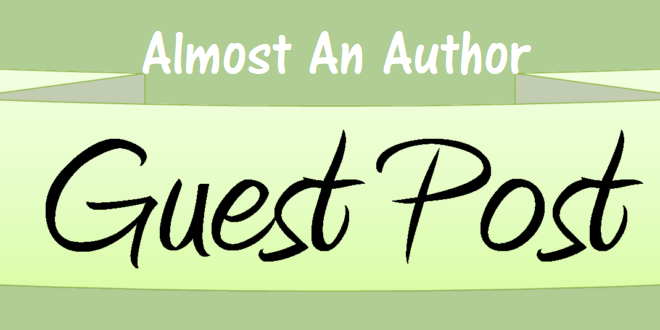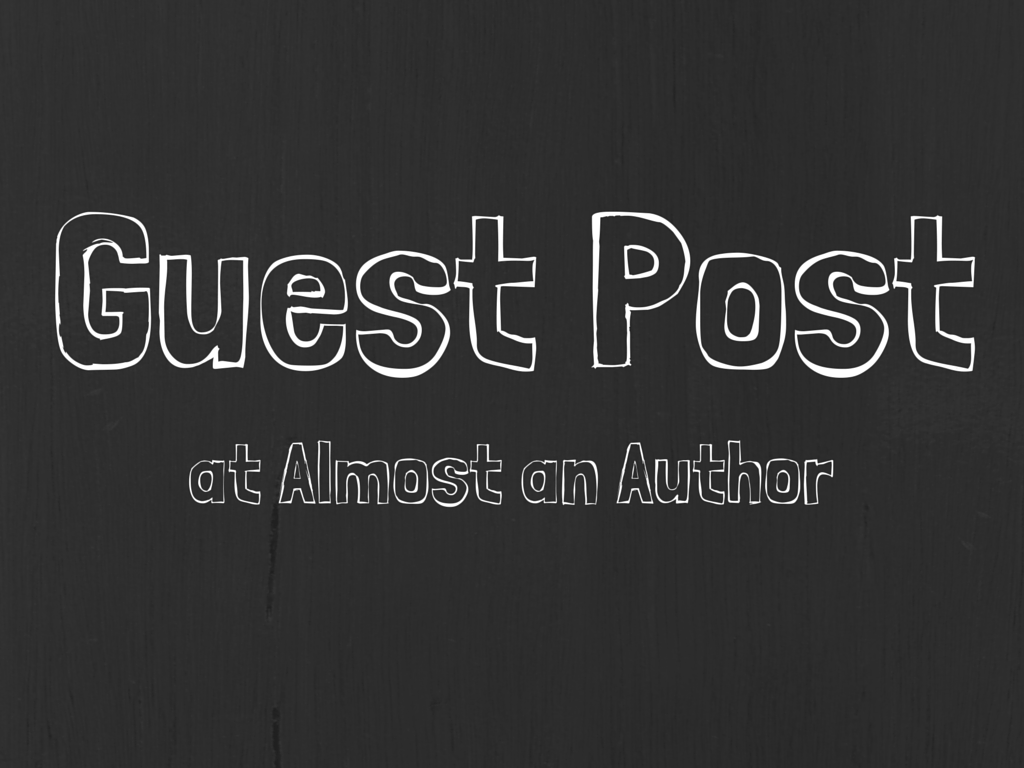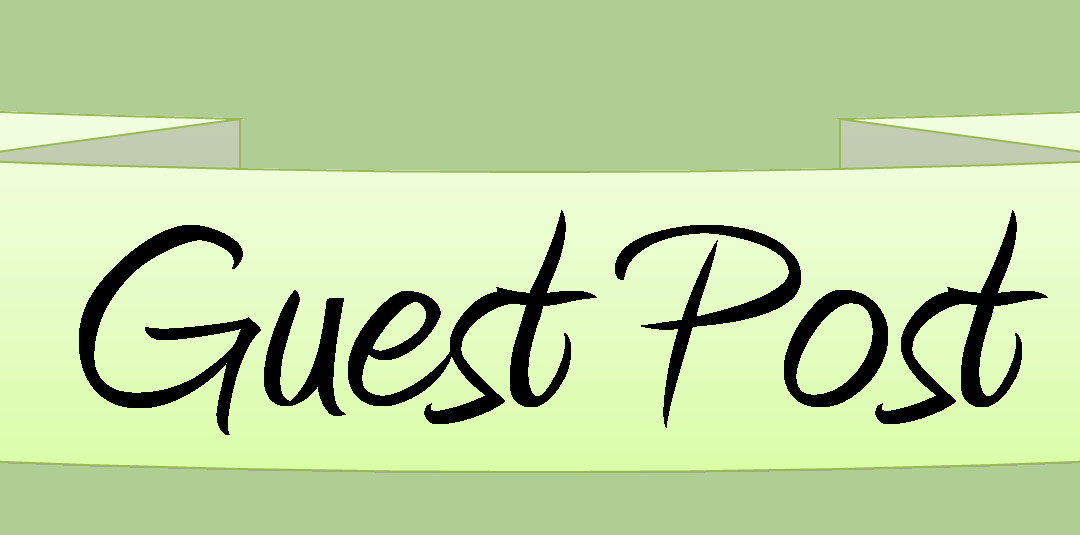older guest posts

The Importance of Outlining: Andrew Zabriskie
I wrote my first fiction novel in four months during 2009 because I believed I could write a…
June 16, 2017older guest posts

I wrote my first fiction novel in four months during 2009 because I believed I could write a…
June 16, 2017
Which is easier: fiction or nonfiction? It depends … on who you ask and when you ask them. Today…
June 10, 2017
This post is no longer available. Here are some recent posts you might like instead:
June 4, 2017
We all make sacrifices every day. Every time you chose something, you sacrifice the other option. But some sacrifices…
June 3, 2017
In the trunk of my Honda, beneath a wool blanket, lies a red backpack filled to the brim…
May 30, 2017
As a child, I loved Peanut butter and Fluff sandwiches. That ooy gooy marshmallow paired well with the smooth…
May 24, 2017
Every writer craves accolades from her readers and the industry. She wants exemplary recognition about her plot, voice,…
April 3, 2017
Networking; what comes to mind when you hear that word? Are you groaning? Are you having a flashback…
March 31, 2017
Of the mechanical misdeeds common to writing, the comma splice may be the most insidious. This sneaky little fugitive…
March 30, 2017
Are You Truly a Writer? I’ve asked myself this question dozens of times. Not long ago, I came…
March 24, 2017
There are many reasons why people write books, but I’ve come to believe the best reason of all is…
March 3, 2017
If you are reading this, you are either writing a book or considering the possibility. Writing a book…
February 9, 2017
Several days have passed, and I was sure that the excitement I felt when my wife and I attended…
January 28, 2017
I will be attending the New England Crimebake this year for the tenth time. The first time I attended…
January 24, 2017
“Your platform isn’t large enough.” The pretty blonde editor closed my proposal and handed it back. I attempted a smile, thanked…
December 24, 2016
Please tell us about your most Recent Book I recently completed my Cherry Hill Series, a Young Adult urban…
December 15, 2016
Being a sports writer has always been the most rewarding job I ever had. Often, I think back…
December 11, 2016
The following is an excerpt from A Life of Generosity: 21 Days to Living a Full Life With a…
November 30, 2016by Judith Robl National Novel Writing Month has always been a dilemma for me. I would love to be…
November 3, 2016“Your playing small does not serve the world.” ~Marianne Williamson As a newly published author, I know how…
October 13, 2016Ah, comparisons. I hate them. And yet I fall prey to making them constantly in regards to my writing…
September 30, 2016
It was a quieter time, a calmer day When people didn’t have so much to say When thoughtfulness…
September 28, 2016Don’t have the money or time to attend a conference? Need training or a tune up on your schedule?…
September 23, 2016“STOP!” I screamed as I grew more frustrated. “I can’t focus! How am I going to get this book done?”…
September 7, 2016You’ve probably heard the phrase, “Art imitates Life.” This makes sense because every creative person, whether writer, painter,…
August 27, 2016